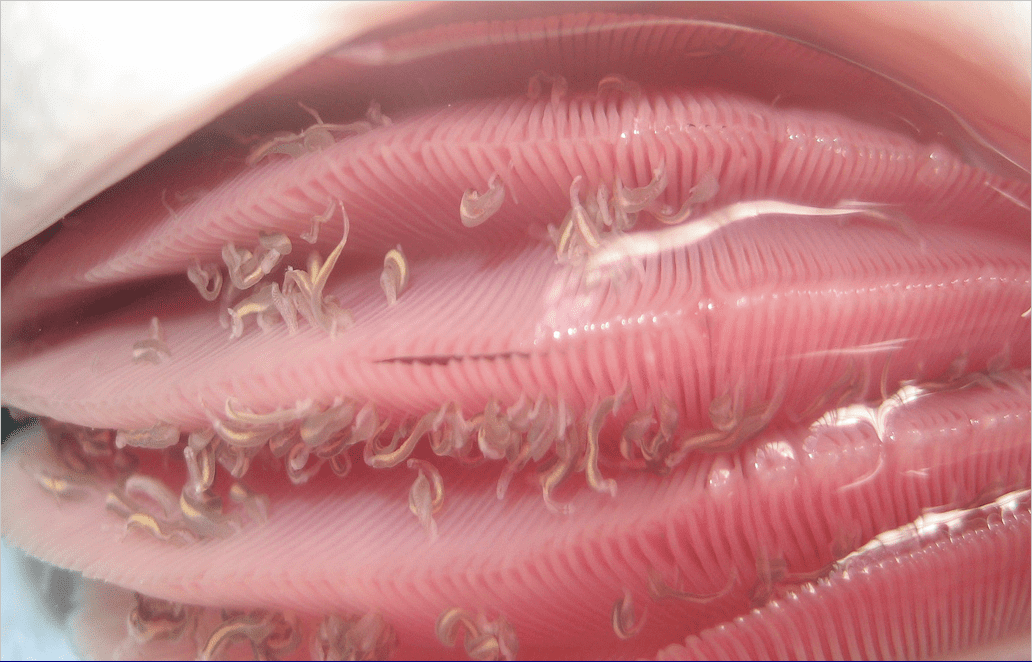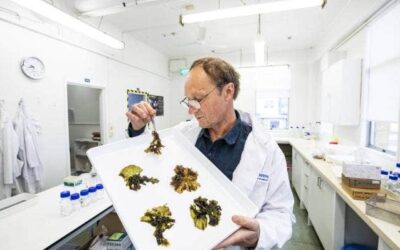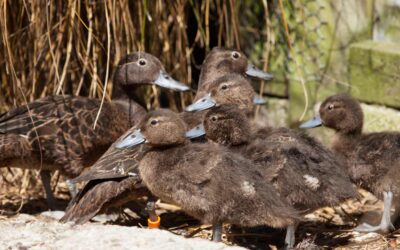BeNeZe – A kingfish parasite diagnostic and management tool
The Cawthron Institute has developed BeNeZe – a decision support tool for managing skin (Benedenia seriolae, Neobenedenia girellae), and gill fluke (Zeuxapta seriolae) infections in kingfish and amberjacks (Seriola species). The tool helps to determine the best time to treat parasites based on local conditions. It also helps recognise signs of ectoparasite flatworm infections.
Cawthron Institute is home to prominent aquatic animal health researchers with expertise in the diagnosis and management of marine pests for a range of clients, mostly in the aquaculture industry. We provide management solutions that draw upon the diagnosis and predictive steps, to develop prevention and early warning surveillance solutions to aquaculture health problems.
BeNeZe is a tool that was developed in-house by Cawthron researchers in response to demand from Kingfish farmers, who lacked adequate information about the life-cycle of the pests Benedenia seriolae, Neobenedenia girellae, and the gill fluke Zeuxapta seriolae to inform their treatment regimes.
The science behind BeNeZe is supported by international research. Farm health managers looking to further advance, adapt and develop the tool, are encouraged to read our open access publication (Hutson et al. (2022) A decision support tool for parasite management in fish aquaculture. Reviews in Aquaculture).
Resources

Image: Stock. Gill flukes
Kate Huston
Senior Aquaculture Scientist

Other Aquaculture Projects
Frederick Laroche
Frederick Laroche Front-end Developer...
Cawthron Institute and iwi partners secure Vision Mātauranga Capability Fund support for collaborative seaweed research
Cawthron Institute and iwi/hapū research partners are celebrating the success of two mātauranga Māori focused research projects that have secured funding through the 2025 Vision Mātauranga Capability Fund (VMCF), administered by the Ministry of Business, Innovation and Employment (MBIE).
Urgent Action Needed to Prevent Extinction of Pāteke on Aotea Great Barrier Island
A new study has revealed that the remnant population of the endangered pāteke/brown teal on Aotea Great Barrier Island is at serious risk of extinction within the next century. The study has found there is a 46% likelihood of the bird disappearing entirely and a 99% chance of dwindling to fewer than 50 individuals.


